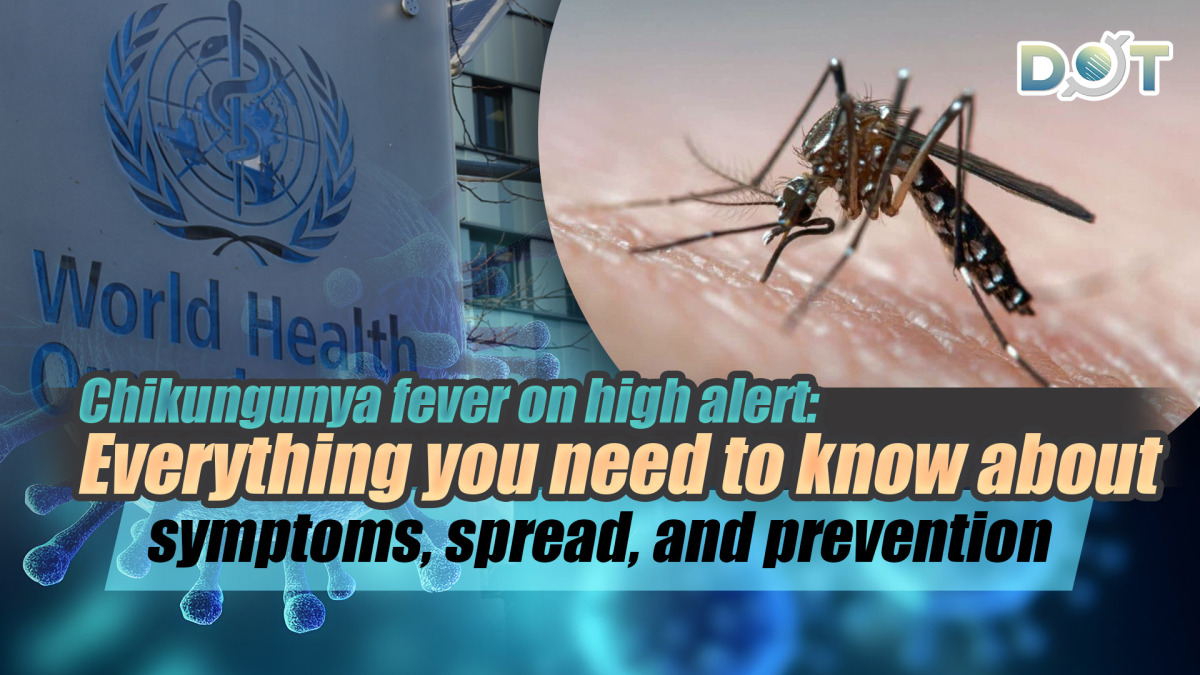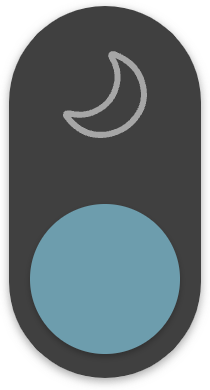
As of July 21, the city of Foshan in Guangdong Province has reported 2,659 confirmed cases of Chikungunya fever, with most cases concentrated in Shunde District. According to health authorities and expert evaluations, Foshan's Chikungunya fever is at a critical stage for containment, with efforts focused on cutting off community transmission and preventing the virus from spreading beyond the city.
Doctors emphasize that the three most typical symptoms of Chikungunya fever are fever, rash, and joint pain. Currently, there is no vaccine or specific antiviral treatment for the disease. Symptomatic treatments such as antipyretics and pain relievers are commonly used. A distinguishing feature of the disease is significant joint pain, which, in some cases, can persist for an extended period, even months or years.
What is Chikungunya fever?
Chikungunya fever (CHIK) is an acute mosquito-borne viral disease caused by the Chikungunya virus. It is primarily endemic in Southeast Asia, South Asia, and Africa and is transmitted through the bite of infected Aedes mosquitoes (Aedes aegypti and Aedes albopictus). There is no evidence of direct human-to-human transmission. People of all ages are susceptible, but infection provides lifelong immunity.
How is Chikungunya fever transmitted?
Source of infection
- Patients, asymptomatic carriers, and non-human primates carrying the virus.
Mode of transmission
- Chikungunya fever is transmitted through the bite of infected mosquitoes. Humans are the primary hosts of the virus. Aedes mosquitoes become infected after biting an infected person or animal during the viremic stage, after which the virus replicates in the mosquito's salivary glands. Following an incubation period of 2–10 days in the mosquito, the virus can then be transmitted to another host through subsequent bites.
Susceptible populations
- All humans are susceptible. Once infected, individuals acquire long-lasting immunity.
Where is Chikungunya fever prevalent?
Chikungunya fever outbreaks have occurred in Africa, the Americas, Asia, Europe, and islands in the Indian and Pacific Oceans. The virus has been detected in 119 countries.
Since 2010, China has reported imported cases from regions such as Southeast Asia, Africa, and Central Asia, with local transmission observed in Guangdong and other provinces.
What are the clinical symptoms of Chikungunya fever?
The main symptoms include:
- Sudden high fever (above 39°C)
- Symmetrical polyarthritis or joint pain
- Skin rash
Symptoms are generally mild, but high-risk groups—such as infants, people aged 65 and older, and individuals with underlying conditions like hypertension, diabetes, or heart disease—may develop severe cases. Most patients recover within a week, but joint pain may persist for months or even years in some cases.
What mosquitoes transmit Chikungunya fever?
The primary vectors of Chikungunya fever are Aedes aegypti and Aedes albopictus, commonly known as "tiger mosquitoes" due to their black bodies with white stripes. These mosquitoes are also responsible for transmitting other diseases, such as dengue and Zika virus.
Behavior and habitat
- Active during the day, with peak biting times between 6–8 a.m. and 5–7 p.m.
- Breeds in small, clean water sources such as discarded containers, flower vases, water tanks, and pot saucers.
How can Chikungunya fever be prevented?
The best way to prevent Chikungunya fever is to avoid mosquito bites, eliminate mosquito breeding grounds, and use biological, physical, or chemical methods to control mosquito populations.
Specific measures
- Wear long-sleeved clothing and pants when outdoors.
- Avoid areas with mosquito breeding sites.
- Use mosquito repellents.
- Regularly inspect and clean small water containers in and around your home to prevent mosquito breeding.
What should travelers be aware of?
Before departure
- Check health advisories and warnings for your destination to determine if there is a Chikungunya fever outbreak or increased risk.
- Pregnant women and other high-risk individuals should consider avoiding travel to affected regions and plan their trips accordingly.
During travel
- Carry mosquito repellents containing active ingredients such as DEET, picaridin, or IR3535, and use them as directed.
- Sleep under mosquito nets and wear loose-fitting, long-sleeved clothing.
- Choose accommodations with screens on windows and doors.
After returning
- Continue to protect yourself from mosquito bites for two weeks to prevent the possible introduction of Chikungunya, dengue, or Zika viruses into local mosquito populations.
- Monitor your health closely. If you develop fever, headache, muscle or joint pain, or rash, seek medical attention promptly and inform healthcare providers of your recent travel history.
Related News:
Foshan Shunde records 478 cases of chikungunya fever: All are mild symptoms




















Comment